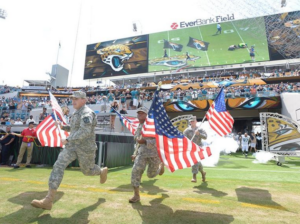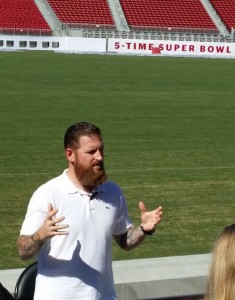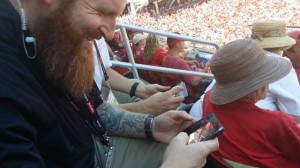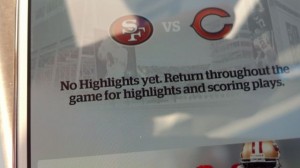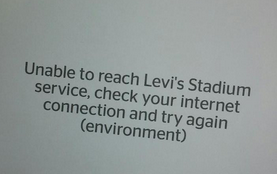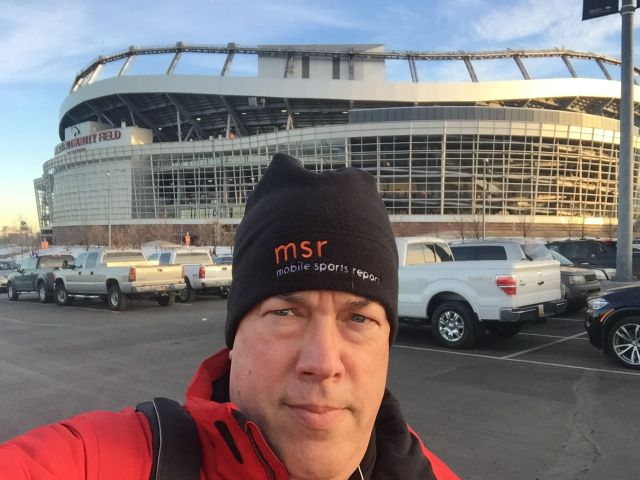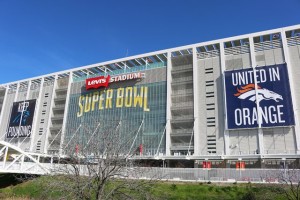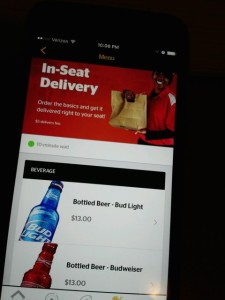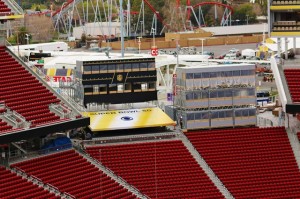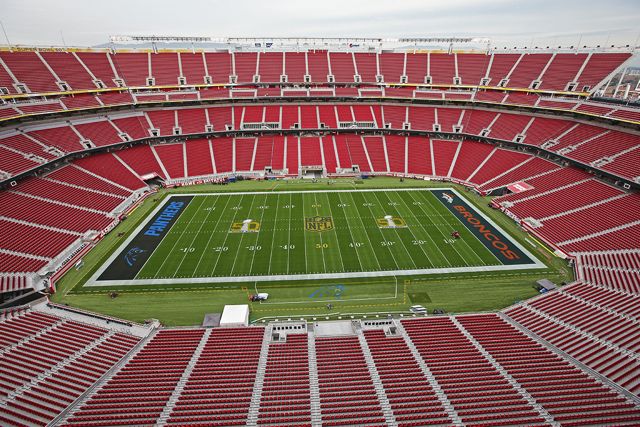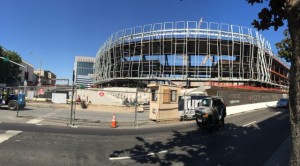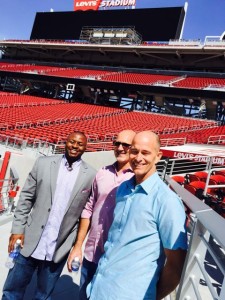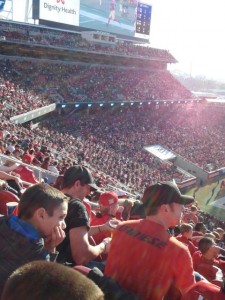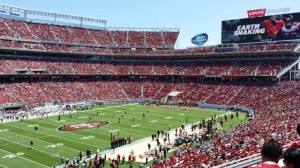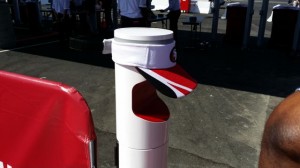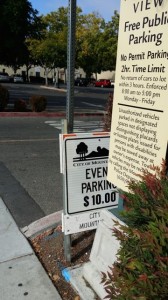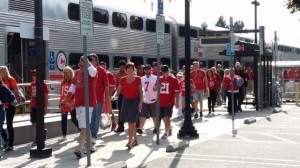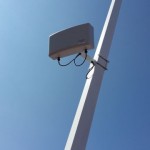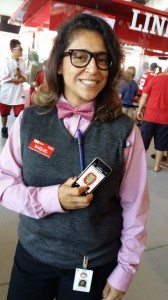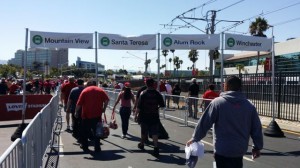Mike Webb, director of IT with the Jaguars, said in a phone interview that the team was “able to terminate” its 3-year deal with SignalShare with help from Wi-Fi gear provider Extreme, which was part of the original deal. PCM has also teamed up with Extreme to run the Wi-Fi network at the Tennessee Titans’ Nissan Stadium. Neither SignalShare nor NFS Leasing has responded to any queries about the legal actions; Extreme Networks has also refused to comment on any specifics of any SignalShare-related deals.
While the original deal called for big plans to bring exclusive content to fans at EverBank Field via SignalShare’s portal software, Webb said that currently there is no stadium-specific or game-day app for Jaguars fans. He also said that Comcast sponsors the Wi-Fi connection (as it does at many other stadiums), with fans logging on by connecting to the xfintitywifi SSID.
Adding more APs for patios, new construction
Currently, EverBank Field has 650 Extreme Wi-Fi APs in the venue, with approximately 450 of those in the seating bowl, Webb said. Over the past offseason, the stadium added Wi-Fi coverage to five new areas, mainly patios outside club areas as well as to the South end zone tunnel, which will eventually connect to the theater that is being built outside the stadium.
For the lower level of seating, Webb said Wi-Fi APs are installed in railing enclosures, while higher-level seats are served by overhead mounts. While Webb said the network initially “had some issues” with 2.4 GHz band activity, the addition of more 5 GHz capacity helped to “vastly increase performance.” The Wi-Fi network now regularly sees 14,000 connections per game, Webb said.
More cellular capacity is also on the way to EverBank Field, as Webb said that two (unnamed) wireless carriers have agreed on a plan to build a DAS in the facility for outside seating coverage.
